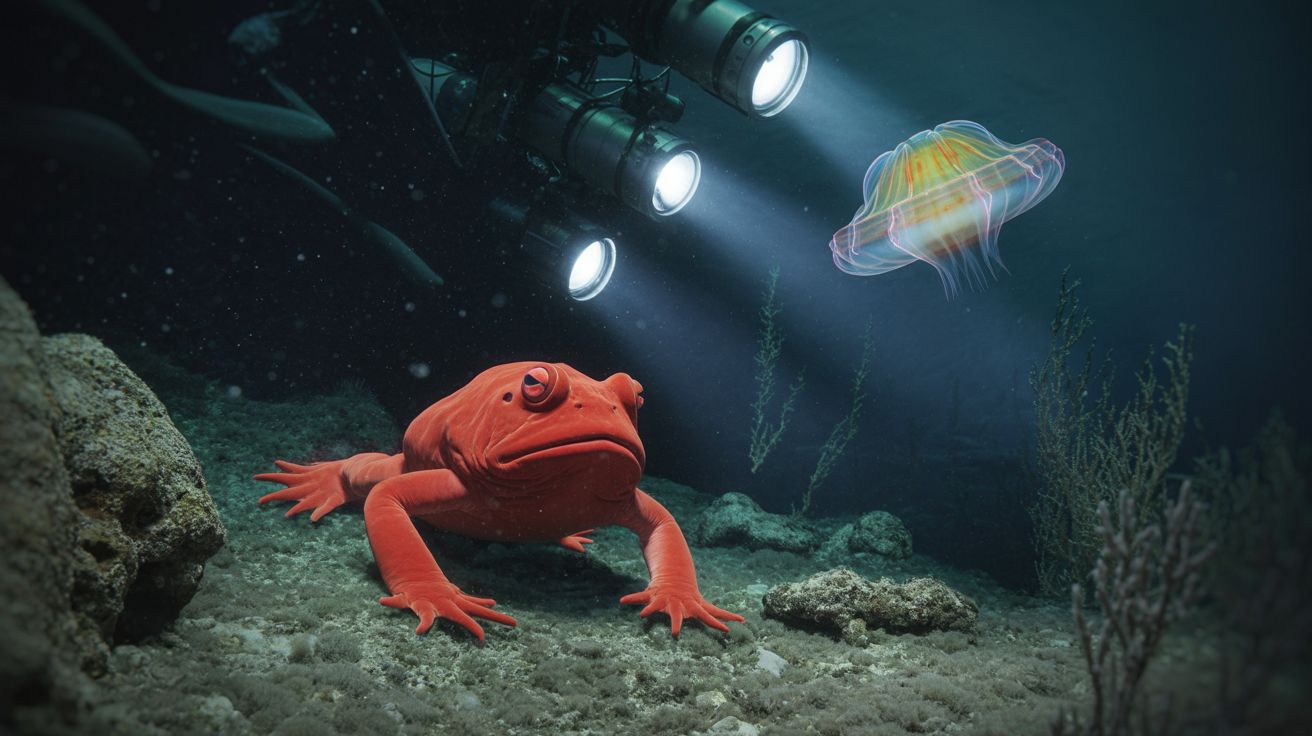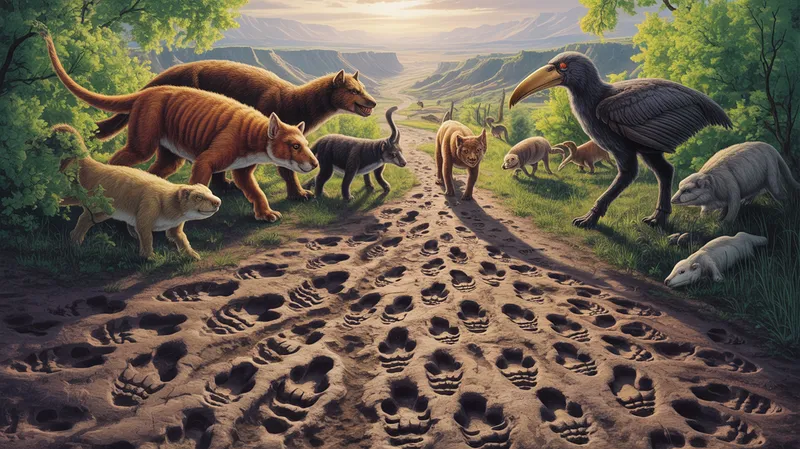The Polar Bear: Icon of the Arctic
Polar bears (Ursus maritimus) are among the most recognizable and beloved animals in the world. As apex predators of the Arctic, they rely heavily on sea ice to hunt, travel, and breed. However, their icy habitat is melting at an alarming rate due to climate change, putting polar bears on the frontline of a rapidly shifting ecosystem.
How Climate Change is Transforming the Arctic
Climate change has led to faster warming in the Arctic than almost anywhere else on Earth. According to the National Snow and Ice Data Center, the Arctic is warming nearly four times faster than the global average. This rapid temperature increase is causing sea ice to shrink in both extent and thickness.
- Since 1979, Arctic sea ice has declined by about 13% per decade in September, the month with the least ice.
- In some regions, sea ice now forms later in the year and melts earlier, shortening the window when polar bears can hunt seals—their main prey.
The Critical Role of Sea Ice
Polar bears depend on sea ice platforms to catch seals, rest, and travel vast distances. As the ice retreats, bears are forced to swim longer distances, which is especially dangerous for cubs and older bears. Some bears have been recorded swimming over 400 miles (about 650 kilometers) without rest, leading to exhaustion and even drowning.
“Without sea ice, there is no sea ice ecosystem, and without sea ice, polar bears cannot survive in the wild.” – Dr. Steven Amstrup, Chief Scientist, Polar Bears International
The Impact on Polar Bear Populations
As their habitat shrinks, polar bears face multiple threats:
- Food Scarcity: With less ice, bears have fewer opportunities to hunt seals, often leading to malnutrition and lower reproductive rates.
- Longer Fasting Periods: Bears must go longer without food, especially females with cubs, which can affect cub survival.
- Increasing Human-Wildlife Conflict: As bears spend more time on land searching for alternative food sources, they come into closer contact with human settlements, raising the risk of conflict.
Recent studies estimate that if current trends continue, polar bear populations could decline by more than 30% by 2050. Some subpopulations, such as those in the Southern Beaufort Sea, have already declined significantly.
Conservation Efforts and Future Outlook
Conserving polar bears means addressing the root cause: climate change. Key conservation strategies include:
- Reducing Greenhouse Gas Emissions: Global efforts to cut carbon emissions are crucial to slowing Arctic warming.
- Protecting Critical Habitat: Designating marine protected areas and restricting industrial activities help safeguard essential sea ice regions.
- Research and Monitoring: Ongoing scientific studies track polar bear health, movement, and population trends to inform policy and conservation action.
- Community Engagement: Collaborating with Indigenous communities, who have deep knowledge of Arctic ecosystems, is vital for successful conservation.
How You Can Help
While polar bear conservation may seem far removed from our daily lives, small actions can have a global impact. Supporting organizations focused on Arctic research, reducing your carbon footprint, and advocating for climate policies all contribute to protecting polar bears and their habitat.
Fascinating Facts About Polar Bears
- Polar bears have an incredible sense of smell, able to detect seals nearly a mile away and under several feet of compacted snow.
- Despite their white appearance, polar bear fur is actually transparent, and their skin underneath is black to absorb heat from the sun.
- Pound for pound, polar bears are the largest land carnivores on Earth, with adult males weighing up to 1,500 pounds (680 kg).
Conclusion: A Call to Action
The fate of polar bears is inextricably linked to the health of the Arctic and the global fight against climate change. These majestic animals are more than just symbols of the wild—they are indicators of our planet’s wellbeing. By taking action now, we can help ensure polar bears continue to roam the ice for generations to come.




